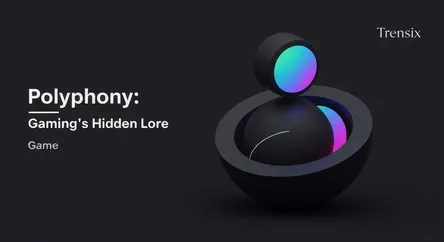Game
Polyphony: Gaming's Hidden Lore

Discover Polyphony, the concept of multiple independent voices in game narratives. Learn how this technique creates rich, complex lore and player choice.
What is it?
In game lore, polyphony is a narrative technique where a story is told through multiple, independent, and often conflicting voices. Rather than a single authoritative narrator, the world's history is pieced together from sources like NPC dialogues, item descriptions, and environmental clues. Each source presents its own perspective, creating a complex tapestry of lore. This literary concept gives a game world a sense of depth and realism and should not be confused with the developer Polyphony Digital, makers of Gran Turismo.
Why is it trending?
Polyphony is trending because modern games prioritize player-driven discovery. Titles like Elden Ring and Disco Elysium use this to create mysterious lore that isn't explicitly handed to the player. This approach fuels online community engagement, as players share theories and debate the "true" history of the game's universe. It enhances replayability, as new details and perspectives can be uncovered in each playthrough, keeping the discussion alive long after a game's release and making the world feel genuinely deep.
How does it affect people?
This style makes players active participants in the story. Instead of passively receiving a plot, they become investigators, interpreting clues to form their own conclusions. This fosters deep immersion and personal investment in the game world. It respects the player's intelligence, rewarding curiosity and critical thinking. The ambiguity inherent in polyphonic lore makes the game's world feel vast and unknowable, creating a powerful sense of discovery that resonates long after the credits roll, empowering the player as a co-author of their experience.